Running an e-commerce business is no small feat. You can’t just sit back and hope customers will remember your store’s URL and make a purchase. In such a competitive landscape, waiting around simply isn’t an option.
That’s where e-commerce email marketing comes in.
Done right, email campaigns can solve many of the industry’s toughest challenges. They help you recover abandoned carts, boost sales through upselling and cross-selling, encourage repeat purchases, and build the kind of customer loyalty that keeps your brand top of mind.
In this guide, we’ll walk through proven email marketing strategies for e-commerce, how to implement them, and the results you can expect.
Why Email Marketing Is a Must for E-commerce Brands
If you want your e-commerce business to grow, retain customers, and stay profitable, email isn’t just “nice to have”—it’s essential.
With rising competition and endless distractions, keeping buyers engaged takes more than flashy ads or one-time promotions. Email allows you to:
- Attract new leads with offers and incentives.
- Segment audiences and deliver personalized content.
- Encourage repeat sales and nurture stronger customer relationships.
Common Email Marketing Challenges in E-commerce
E-commerce businesses face hurdles that many other industries don’t. For example:
- Unpredictable sales cycles — seasonal spikes and slumps can make revenue feel like a rollercoaster.
- Fierce competition — countless stores often carry similar products, forcing you to stand out on experience and value.
- Cart abandonment — even when customers are this close to buying, many still drop off before checkout.
It sounds discouraging, but here’s the good news: with the right email marketing strategy, you can turn these obstacles into opportunities.
Let’s break down seven practical strategies that will help you do just that.
1. Recover Abandoned Carts with Automated Drip Campaigns
We’ve all done it—added items to a cart, only to get distracted and forget about them. For businesses, though, those abandoned baskets add up to huge lost revenue.
The fix? Automated recovery emails.
By integrating SeoPilot with your email tool, you can automatically send reminders that gently nudge customers back to checkout. Sometimes all it takes is a well-timed message.
Tips for Effective Cart Recovery Emails:
- Send within 24 hours — that’s the golden window before interest fades.
- Follow up with an incentive — highlight the benefits of the product or offer a small discount.
- Create urgency — a “last chance” subject line often gets people moving.
2. Keep Customers Engaged with a Welcome Sequence
A purchase isn’t the end of the journey—it’s the beginning. A welcome email sequence helps you strengthen the relationship and encourage future sales.
Here’s a simple timeline:
- Day 1: Thank-you + order confirmation with a personal touch.
- Days 3–5: Helpful content, such as care tips or styling ideas.
- Days 7–10: A special offer or discount to encourage another purchase.
3. Re-engage Lapsed Customers
If someone hasn’t interacted with your brand in a while, don’t assume they’re gone for good. A re-engagement campaign can win them back.
Consider sending:
- A “We miss you” email with an exclusive discount.
- An update showcasing new arrivals they might like.
- A loyalty boost such as bonus points or free shipping.
With google analytics, you’ll know exactly when a customer last purchased and can customize offers accordingly.
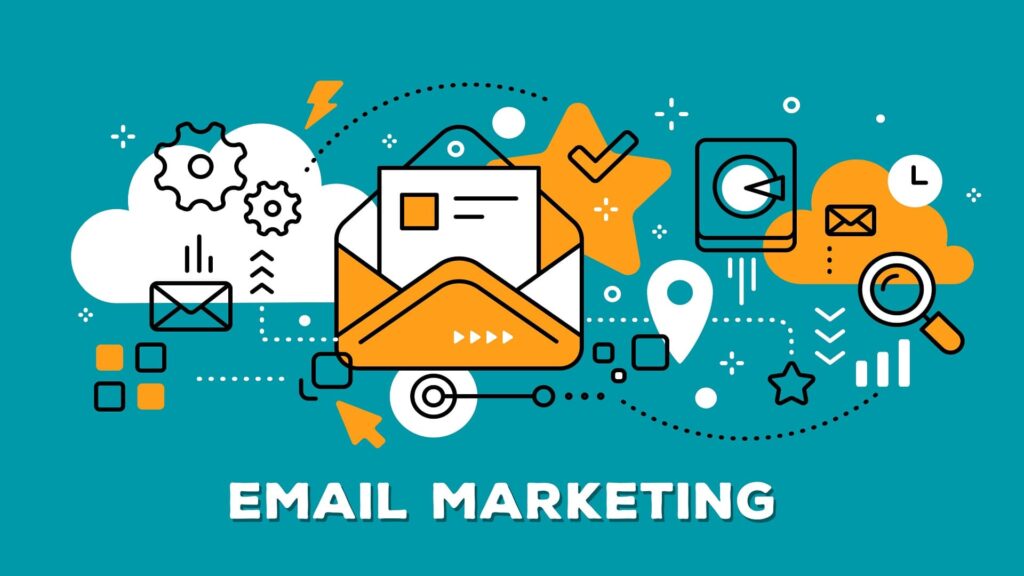
ALSO READ: 10 Email Newsletter Ideas That Your Subscribers Will Love
4. Increase Sales with Upselling and Cross-selling
Want to raise your average order value? Lean on upselling and cross-selling.
- Upselling: Encourage an upgrade (e.g., from basic running shoes to a premium pair).
- Cross-selling: Recommend complementary products (e.g., running shorts or socks to go with the shoes).
Email examples:
- “Love your new trainers? Complete the look with these accessories.”
- “Customers who bought [X] also loved [Y].”
5. Drive Repeat Purchases Through Ongoing Engagement
Don’t wait for customers to come back on their own. Keep your brand top of mind with regular engagement campaigns.
Ideas include:
- Restock alerts for popular products.
- Top-seller spotlights featuring glowing customer reviews.
- Value-driven content like product demos, styling guides, or how-to tutorials.
The more useful your emails, the more likely customers are to return.
6. Personalize the Shopping Experience
Generic emails are easy to ignore. But personalized campaigns—backed by SeoPilot’s segmentation features—make customers feel seen and valued.
Ways to personalize:
- Dynamic product recommendations based on browsing or buying history.
- Milestone rewards for anniversaries or loyalty points.
- Seasonal offers tailored to their past purchases.
Example:
- “Because you loved [previous product], we think you’ll love this too.”
- “It’s our anniversary—and here’s a special thank-you gift.”
7. Test, Tweak, and Improve Your Campaigns
Email marketing is never a “set it and forget it” task. To get the best results, you need continuous testing.
Key steps:
- Track metrics like open rates, clickthrough rates, conversions, and revenue per email.
- Use A/B testing to compare subject lines, content, and CTAs.
- Keep experimenting—small tweaks often make a big difference.
For example:
- Subject line A: “Exclusive deal inside—open now!”
- Subject line B: “We’ve got a special offer just for you (ends tonight).”
Final Thoughts
At the end of the day, targeted email campaigns are one of the most powerful tools in e-commerce. They help you:
- Build loyalty and trust.
- Drive repeat purchases and higher order values.
- Solve persistent challenges like cart abandonment.
Adding SeoPilot into your toolkit only multiplies these results. From smarter segmentation to instant A/B testing, it makes your campaigns sharper, more personalized, and ultimately more profitable.
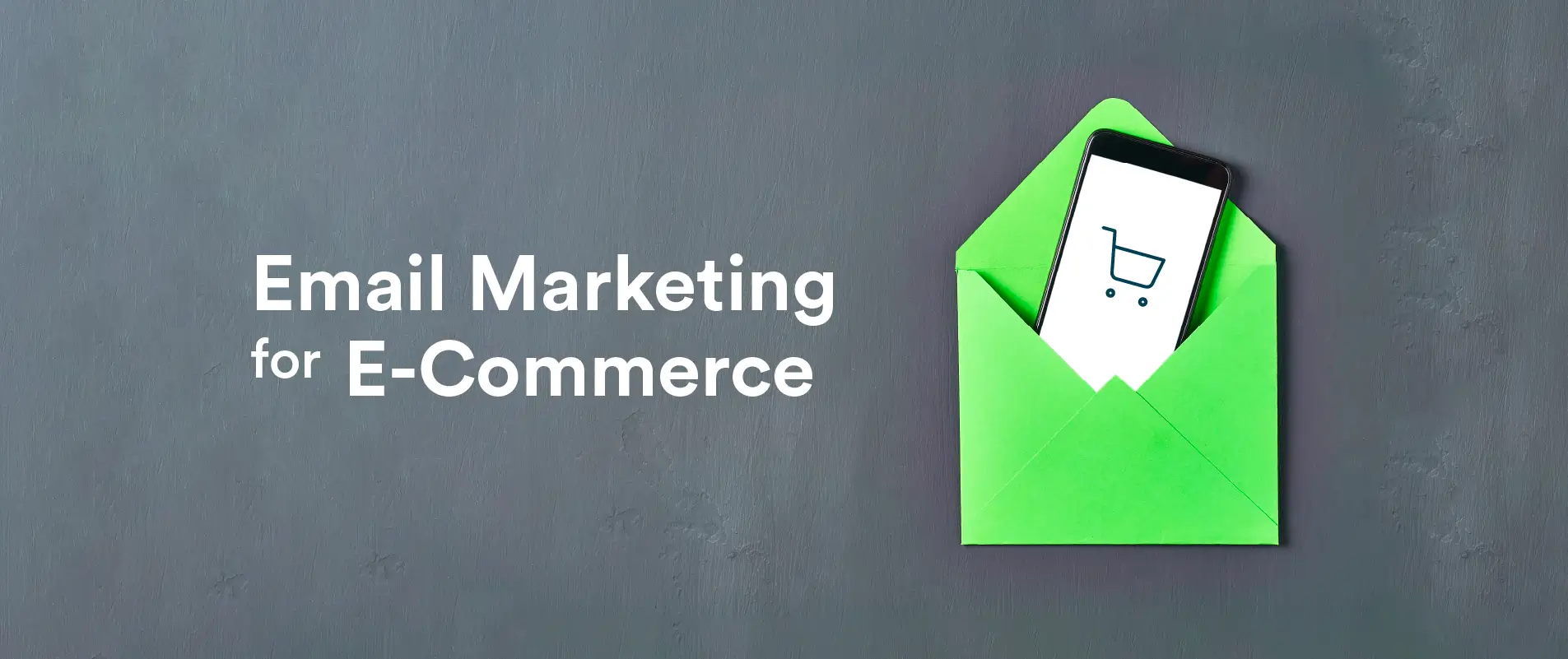
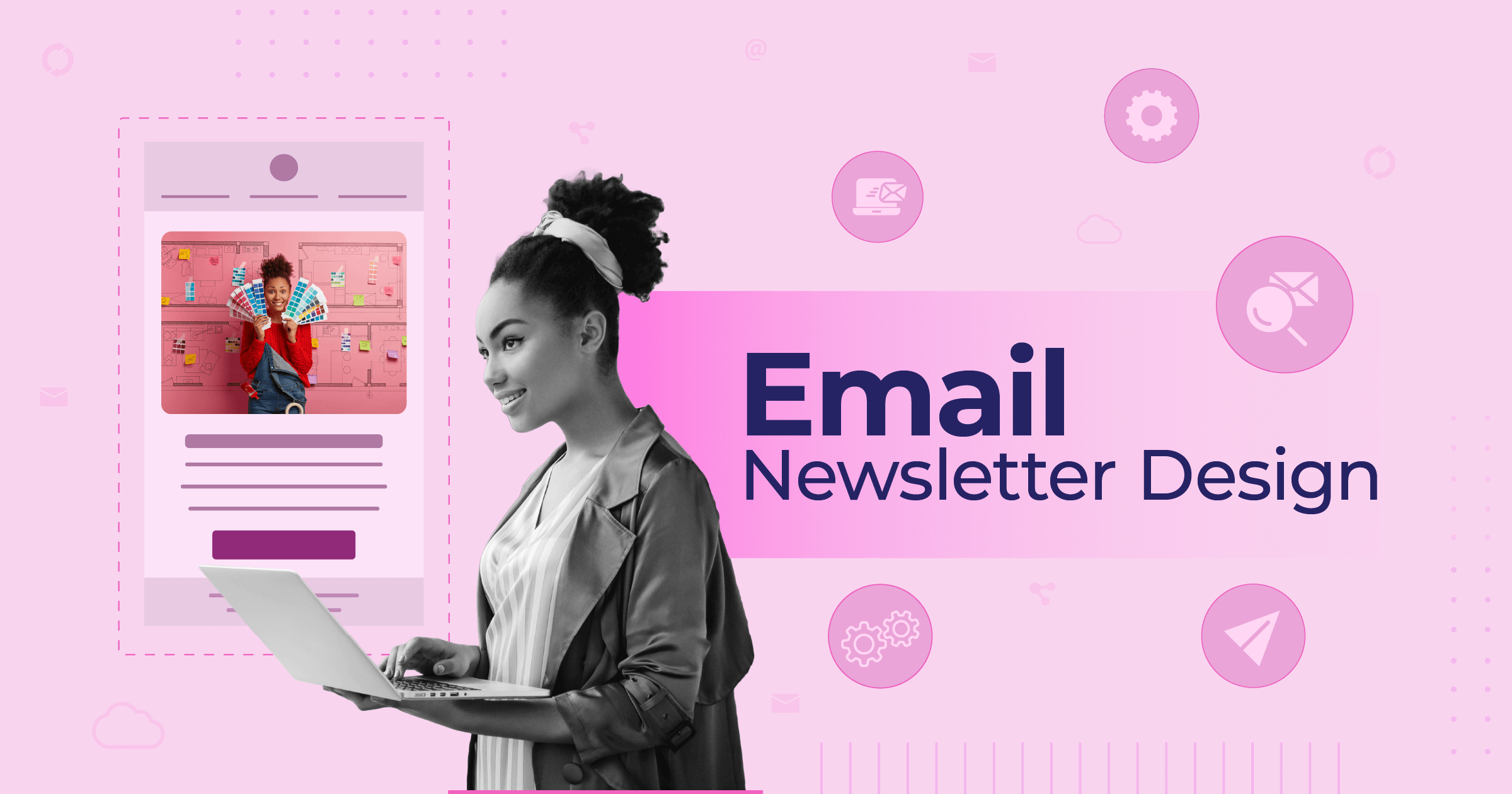
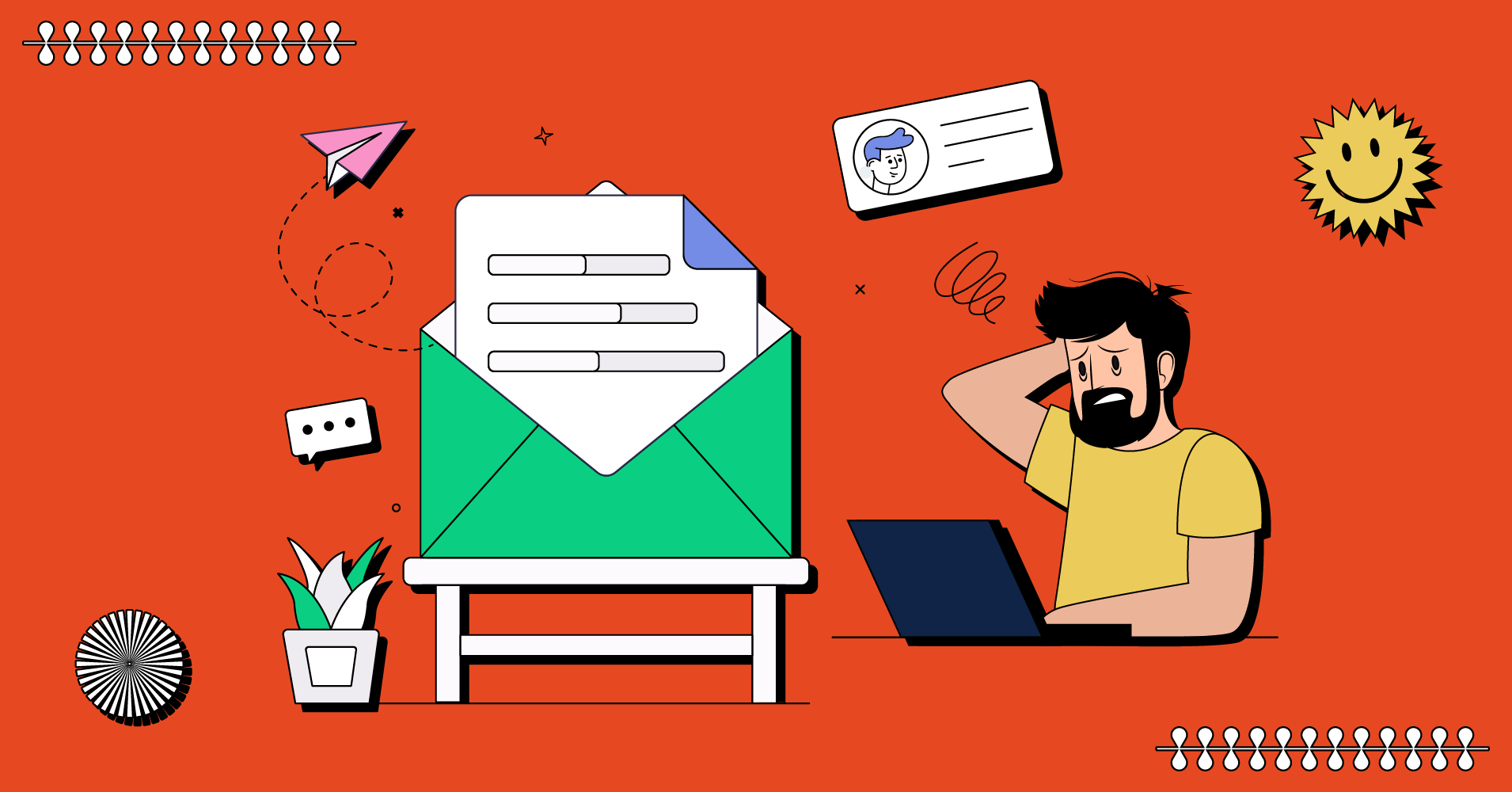
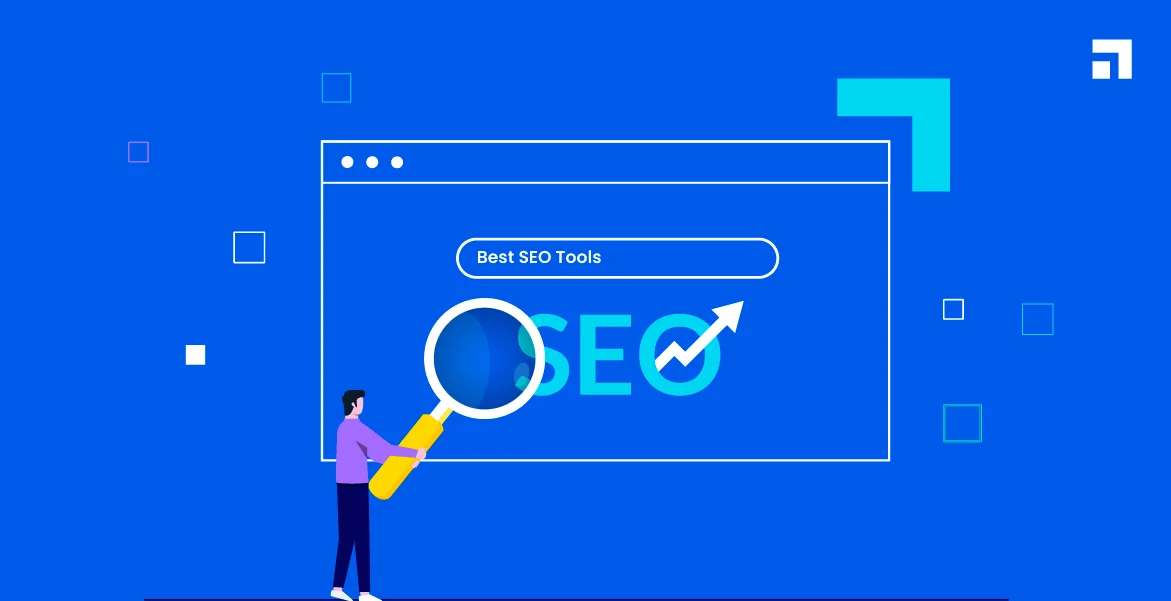
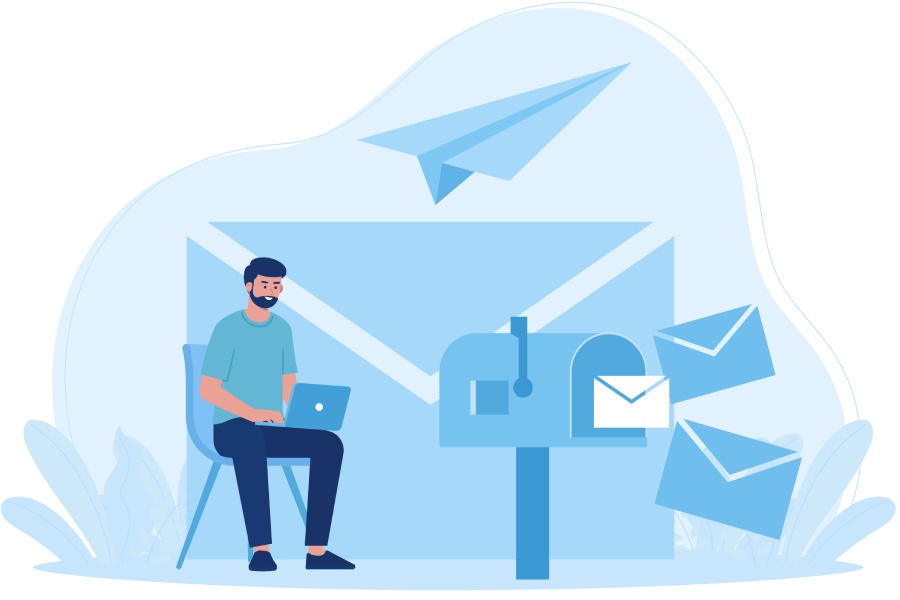

Leave a Reply